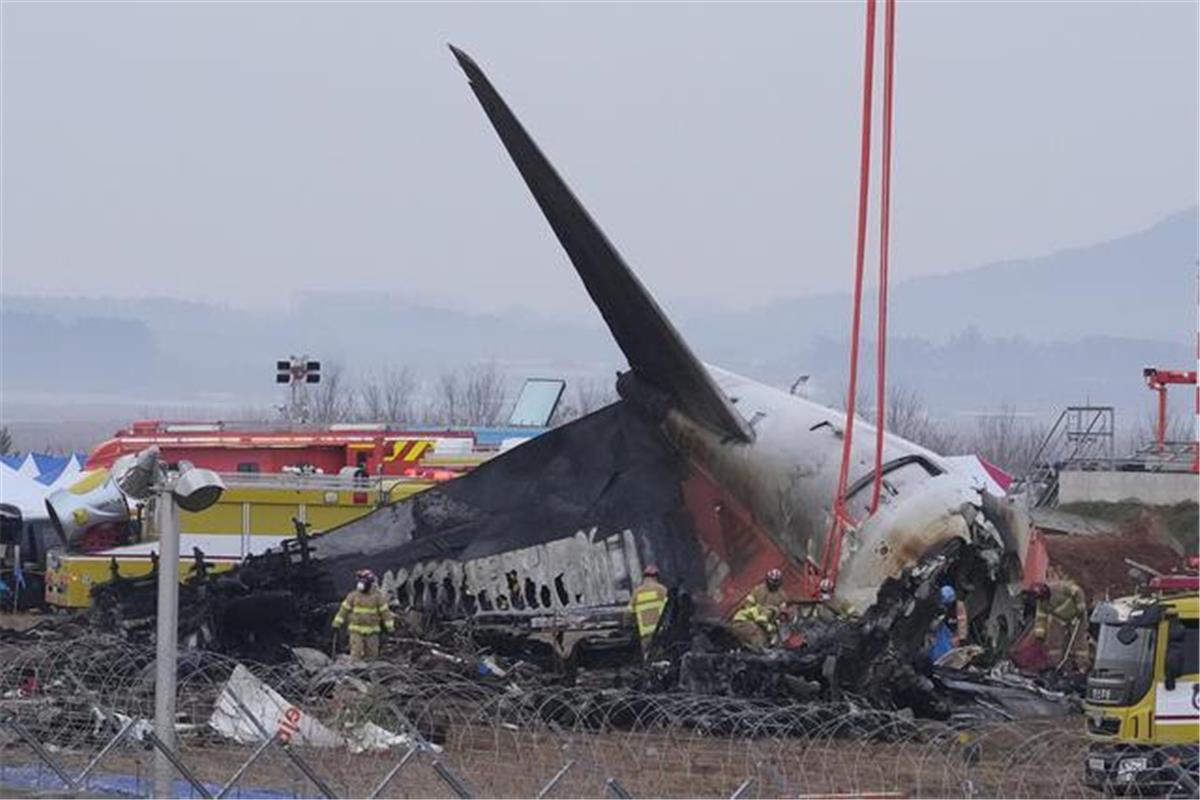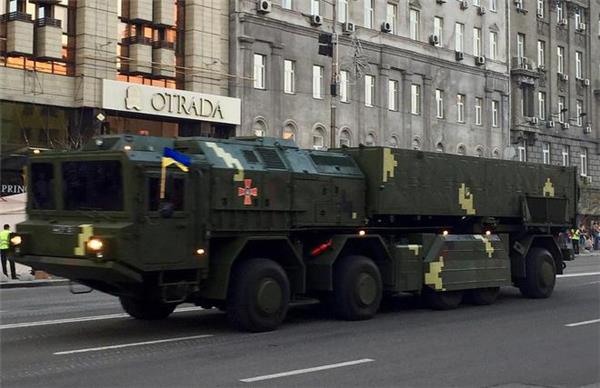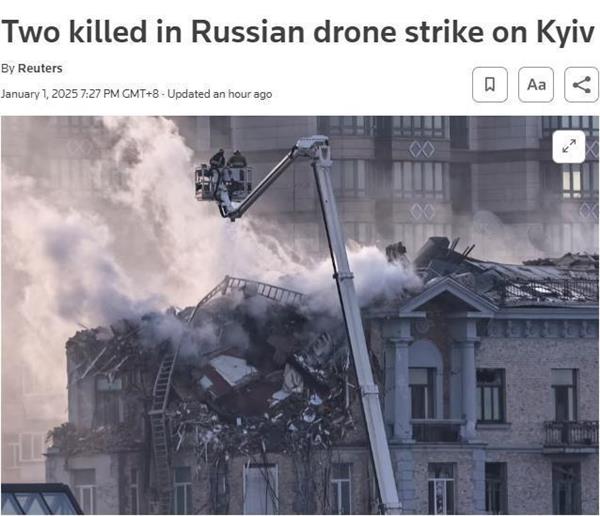This year, the number of people killed in global aviation accidents reached 318, the highest in 6 years

KARACHI/WASHINGTON—Data compiled in part by the global aviation analytics firm Cirium show that as two passenger planes crashed in Azerbaijan and South Korea, resulting in a combined 214 fatalities, the global airline industry has been in the throes of its deadliest year for air travelers since 2018, when, on one day alone, Lion Air Flight 610 of Indonesia crashed, killing 189 people.
That brings the global death toll since commercial passenger aircraft first took to the skies in the early 1920s, to well above 30,678 fatalities this year, according to the Aviation Safety Network's (ASN's) statistics—a non-profit foundation which has been collecting data on the world's airline safety and aircraft crashes since 1996.
According to ASN, since 1920, there have been 14,447 accidents worldwide, of those, some 7,848 were fatal—that is, at least one person was killed.
In 2022 alone, there have been a total of 27 accidents globally (as recorded by ASN and Cirium and not all of these may be fatal).
Fatal Year: ASN reports the deadliest year for air travel has been 2022 for 20 months in a row until Dec. 27.
That day Azerbaijani low-cost airline Red Wings Holding (RWH) jet with 62 passengers and five crew, flying from Baku's Heydar Aliyev International Airport to Russia's Grozny, crashed near the Caspian Sea port city of Aktau in western Kazakhstan, killing at least 38 people, and injuring at least 28 others, according to reports.
Then on Dec. 29 in South Korea, Jeju Air, flying domestically, crashed a Boeing 737-800 at the airport in Muan, killing all but two on board and one of those two critically injured, in what the BBC has called the country's deadliest aviation accident.
The aircraft, which had left South Korea's Jeju Island, carrying 179 passengers and two crew, struck the outer edge of the runway, bounced into the air, burst into flames and broke apart after landing at Muan Airport on December 29, South Korean officials said.
While the causes of most major crashes are never conclusively determined for months or years, some details may give clues about what went wrong and if the crash was predictable (for a full explanation read here.)
In the Azerbaijani crash that ASN reports killed 39 (and the International Air Transport Association says 40 perished while the BBC cites the Kazakh interior ministry as saying 41 people died), it could be related to inclement weather that closed the airport at the aircraft's intended destination.
The Jeju Air flight was, in contrast, reported operating in good weather and, according to CNN, the aircraft came "crashing down and exploding into a fireball" as it was trying to land.
A Jeju Air plane crash lands on Dec. 29 at Muan International Airport, Jeollanam-do, killing all but two on board.
Some analysts said that, given the apparent severity of the damage (CNN described the wreckage as "shattered") and that some witnesses saw a plume of white smoke and saw the aircraft explode, and that the aircraft apparently broke into pieces while it was in flames, that a crash landing was the most likely explanation.
That would suggest problems, including in the aircraft's engines, landing gear, control surfaces, or hydraulics, and it seems plausible the crash was preventable.
While aircraft crashes involving fatalities, although relatively rare and far safer now compared to earlier in aviation history (ASN has recorded a total of 4,612 fatalities in 2022, compared with 568 in 1952), it is still the most deadly year for air travel this decade and, Cirium shows, 20 months in a row, as the graph below illustrates.
Data collected in part by Cirium and ASN show that December 27 and 29, 2022, were some of the deadliest days for air travel—ever.
And, according to ASN data and calculations made for Cirium, December 27 and 29 were two of the ten deadliest days for air travel—ever: December 27, 2022 is the ninth deadliest day for air travel while December 29, 2022, is sixth deadliest.
ASN shows Dec. 31, 2014, as the deadliest day for air travel with 837 recorded deaths, with October 31, 2015, 432; June 1,2009, 228; April 19, 1977, 225; March 27, 1977, 220 while Cirium's calculations for ASN data show: Dec.29, 2022 and Dec, 1, 2016, as 179 while Cirium shows 311 as the total number of casualties for Aug. 12, 1960, and Cirium has Jan. 3, 2015, at 149 compared to ASN's Jan.28 of the same year that ASN has at 149 as well.
It is perhaps not surprising that the deadliest year was in the infancy of air travel, with ASN showing 1920 is still the deadliest year on record with 330 deaths although Cirium counts 329 that year.
In this decade, however, ASN shows 2022 has been the deadliest with Cirium recording the death toll currently at 276, which makes this decade the most deadly since the 1960s.
The airline industry globally has suffered a deadly month and year with a record number of fatalities, including two crashes on the same day as some analysts have warned of a possible safety crisis.
Azerbaijan Air & Jeju Air crashes: Cirium shows the latest crashes in a record year and month for aviation fatalities.
While some aviation analysts blame the Russian invasion of Ukraine, others, such as aviation consultancy To70, blame the airline industry for being slow to fix systemic problems related to air travel.
According to ASN and Cirium data, 2013 was the safest year with only 197 fatalities since the ASN records began, while 2008 and 2021 are recorded by ASN as two of only three other years in a decade that had fewer than 500 aviation-related deaths since 1920, with Cirium placing the death toll for both at 488 in 2008 and 485 for 2021, with Cirium showing 2007 with 496 for the decade, with Cirium showing four of the past 78 years have had under 500 deaths.
In an exclusive interview with Cirium's aviation industry news platform, Aviation Week and Space Technology earlier this year, airline industry executives and aviation safety experts said that the airline sector's safety standards are under increasing pressure because of a worldwide shortage of trained and certified pilots and mechanics.
Those concerns and others are echoed in a new report by the Dutch-based aviation consultancy To70, which suggests that governments and the airline sector are doing too little to reduce the risk of commercial plane crashes.
ASN reports 189 died in the South Korea and Azerbaijan crashes this month, bringing this month's toll to at least 285, which is higher than Cirium's tally of 197 deaths this June and November that it calculates as months with 172 and 181 fatalities, respectively.
According to Cirium, ASN shows August, September and July each at 149 fatalities while Cirium shows April and May, respectively at 161 and 155 as the months with the fifth and sixth deadliest fatalities while Cirium has the 10th deadliest month with 132. This means December had surpassed seven months in terms of recorded aviation fatalities.
The aviation crash record this year could still worsen if there are several fatal airline accidents or crashes of helicopters, private light aircraft, and small general aviation planes.
ASN shows there have been 20 crashes so far this month while Cirium records at least 16 (with many not included by either), including the Azerbaijani and South Korean jetliner accidents and fatal helicopter crashes.
The deadliest year for air travelers was in 1960, according to ASN, with 1,208 deaths while Cirium places the year at 750 fatalities but shows 1988 as the deadliest year at 1,111 deaths, while ASN calculates 961. The years 1989, 1995, and 1997 round out the top five deadliest years, ASN shows, while Cirium adds 1981, 1982 and 1994 to that, with Cirium putting the five deadliest years all above or close to 900 for the decades, according to Cirium.
 Famous Persons
Famous Persons English
English
 Sini
Sini Facebook
Facebook Twitter
Twitter Pinterest
Pinterest Linkin
Linkin Email
Email Copy Link
Copy Link










